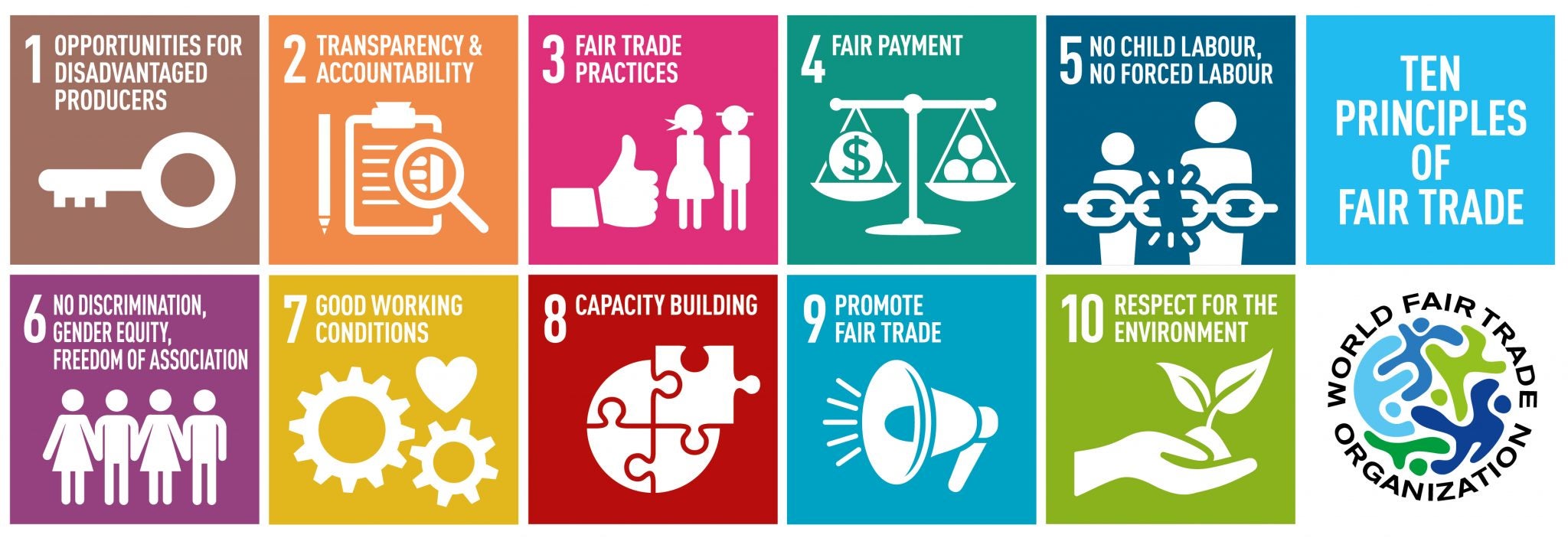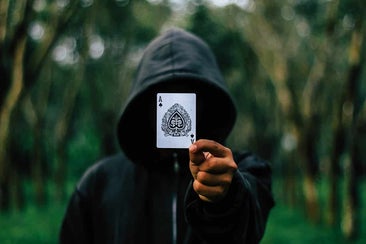DealHack Guides
The History of Fair Trade Buying and Selling of Product
April 12, 2017 · 5 minute read
The fair trade movement is spearheaded by a system of alternative trading organizations that came into existence during the 20th century. It is a social cause with the mission of helping people in the developing world, particularly farmers and artisans, achieve a higher standard of living. In pursuit of this goal, the strategy of fair trade involves not only helping producers get higher prices for their goods but also developing improved environmental and social conditions through better standards, such as sustainable agriculture practices. Fair trade seeks sustainable social and economic development through producing and exporting goods at a fair price. The movement sees this as a superior option to the alternative of receiving charity or financial aid from wealthier nations.
In addition to prioritizing self-sufficiency, the cause also opposes world trade policies that create an unequal distribution of wealth. Transparency and accountability are core principles of fair trade, along with non-discrimination, freedom of association, and relationships between producers that are founded on a culture of solidarity. One of the famous slogans of the fair trade movement, first coined in 1968 and then used by the United Nations Conference on Trade and Development, is "Trade, Not Aid." The fair trade market reached $1 billion in sales as of 2007 in the United States and $2.5 billion in global sales.
Principles that guide the fair trade movement include protecting the environment, which means restricting the use of fertilizers and pesticides and ensuring the integrity of clean water supplies. In addition, slash-and-burn deforestation is also banned. There are also minimum standards for safe working conditions. Adherence to the principles of gender and racial equality is required, and fair trade organizations also forbid the use of child labor or slavery. Fair trade organizations generally also ban the use of genetically modified organisms (GMOs). Conservation of water and energy are critical elements of fair trade principles, as is the effective and ecologically friendly management of waste.
The fair trade movement began in the mid to late 1940s when the Mennonite Central Committee, SERRV International, and an organization known as Ten Thousand Villages started networks of shops in developing regions of the world. These shops were run by volunteers who produced and sold needlecrafts, wooden clocks, and other hand-made items. The Oxford Committee for Famine Relief (Oxfam) joined the movement in the late 1950s, selling Chinese-made crafts in their shops while spreading awareness of fair trade and the need for changes in the system of global trade. World Shops, also called Fair Trade shops, began opening around the world in the 1950s, and farmers from Guatemala began selling coffee through the fair trade system in the 1970s. Subsequently, farmers began to sell sugar, cocoa, rice, tea, and other agricultural products, such as cotton and flowers, through fair trade organizations.
Eventually, networks arose to further facilitate the spread of fair trade around the world. The International Fair Trade Association (IFTA), now known as the World Free Trade Organization (WFTO), came into existence in 1989. The Fair Trade Federation began in 1994 to serve groups in North America. The first effort at labeling products as fair trade happened in the 1980s when a brand known as Max Havelaar was launched. The purpose of this label was to certify that its products were made according to fair trade principles. The success of Max Havelaar led to the creation of other labeling entities, such as Fairtrade Labelling International (FLO), which was established in 1997. TransFair USA launched a certification and product labeling process in 1999, and FLO followed with its own "FairTrade" label in 2002. The WFTO also has also created its own fair trade certification process.
Consumers looking to buy fair trade products will find that no one organization regulates or defines what it means to be fair trade. A variety of organizations certify and label fair trade products for sale in grocery or department stores. Each organization has its own brand or label that they put on products that meet their standards. The five most prominent groups that provide fair trade certification are the Fair Trade Federation, the WFTO, Fair Trade America or Fairtrade Labeling Organizations International, Fair Trade USA, and Fair for Life.
For more information about the fair trade industry, please visit any of the following pages:
- History of Fair Trade
- How Does Fair Trade Work?
- Social Justice Stories: What Is Fair Trade?
- The Economics of Fair Trade (PDF)
- World Fair Trade Organization: History of Fair Trade
- Fair Trade Campaigns: What Is Fair Trade?
- History of Fair Trade in North America
- History of Fair Trade
- Fair Trade Timeline
- 60 Years of Fair Trade: A Brief History of the Fair Trade Movement (PDF)
- Brief History of Fair Trade (PDF)
- How Did Fair Trade Begin?
- Buying Fair Trade
- Who Benefits When You Buy Fair-Trade Products?
- Fair Trade Shopping Guide
- Identifying Fair Trade Products
- How to Recognize Fair Trade
- How Do You Know if it's Fair Trade?
- Fair for Life

Top Coupon Offers


